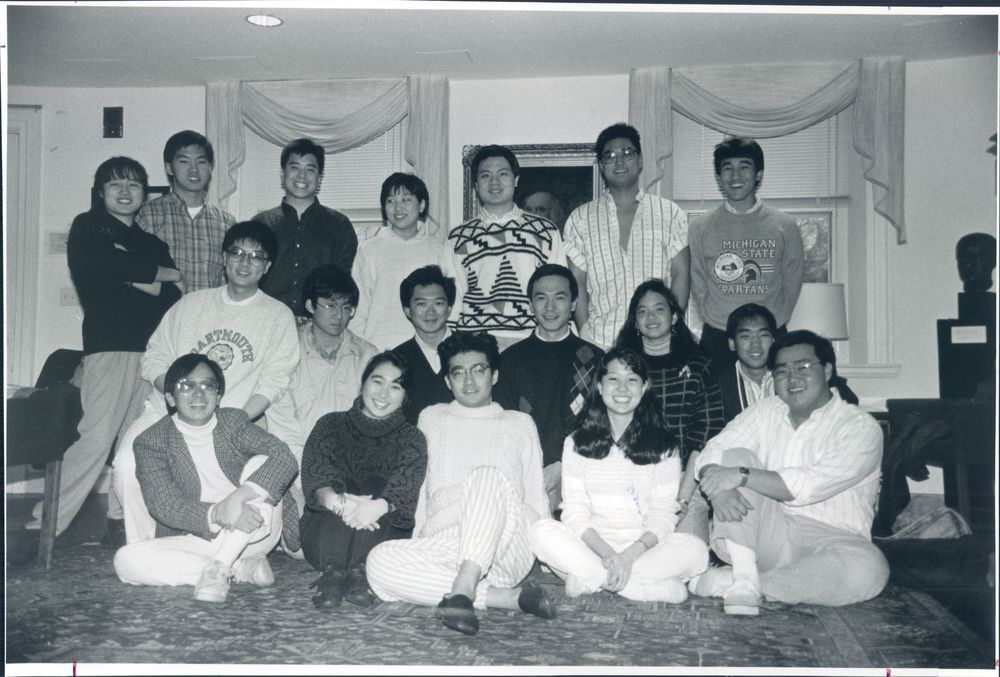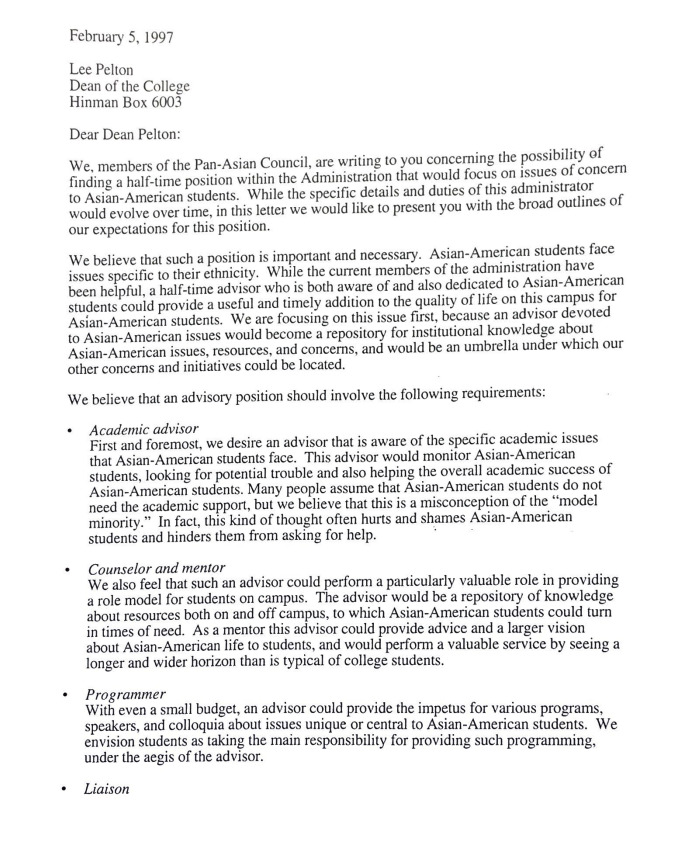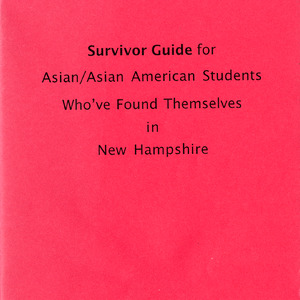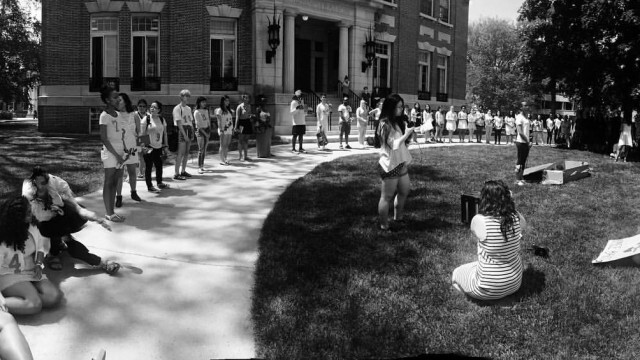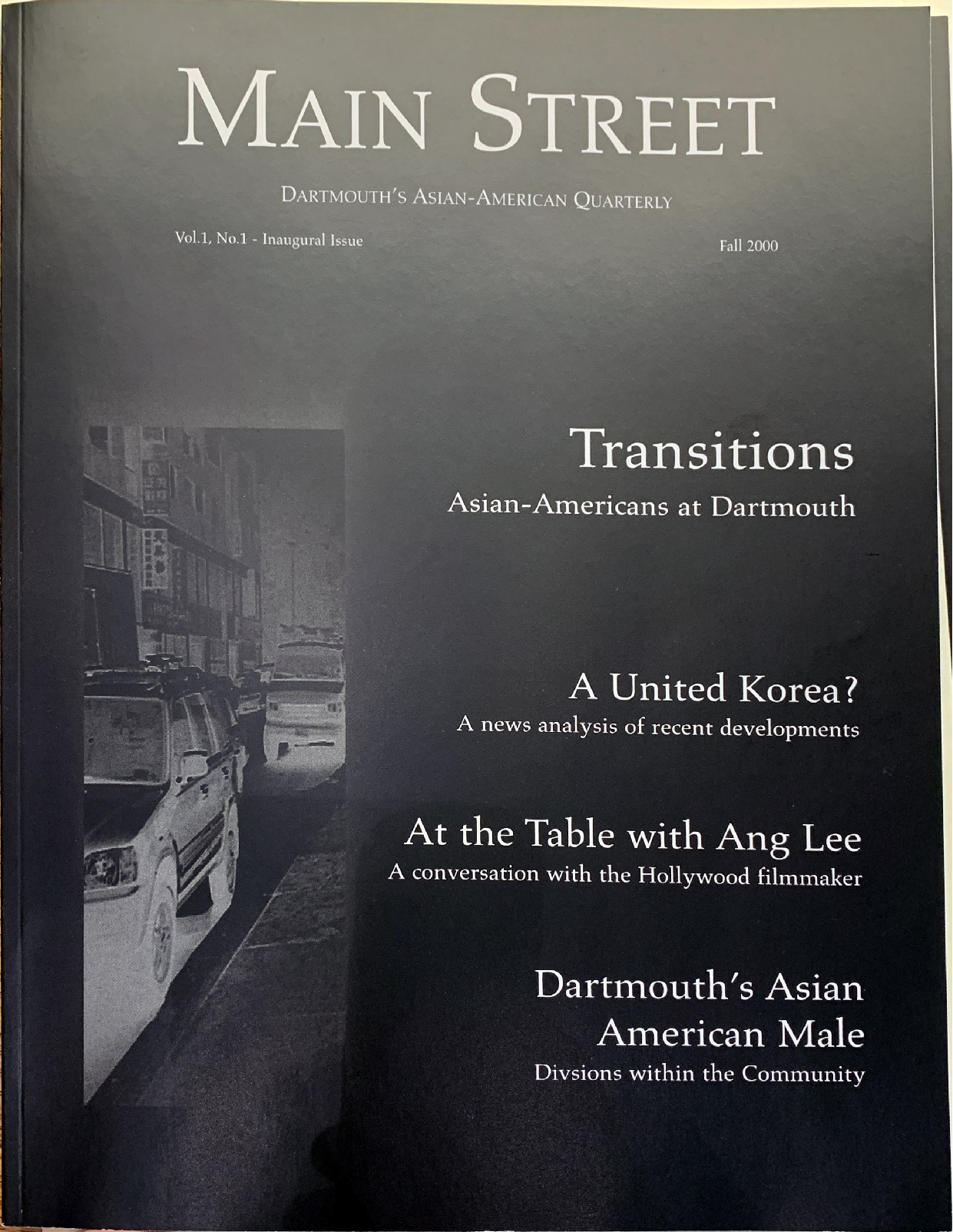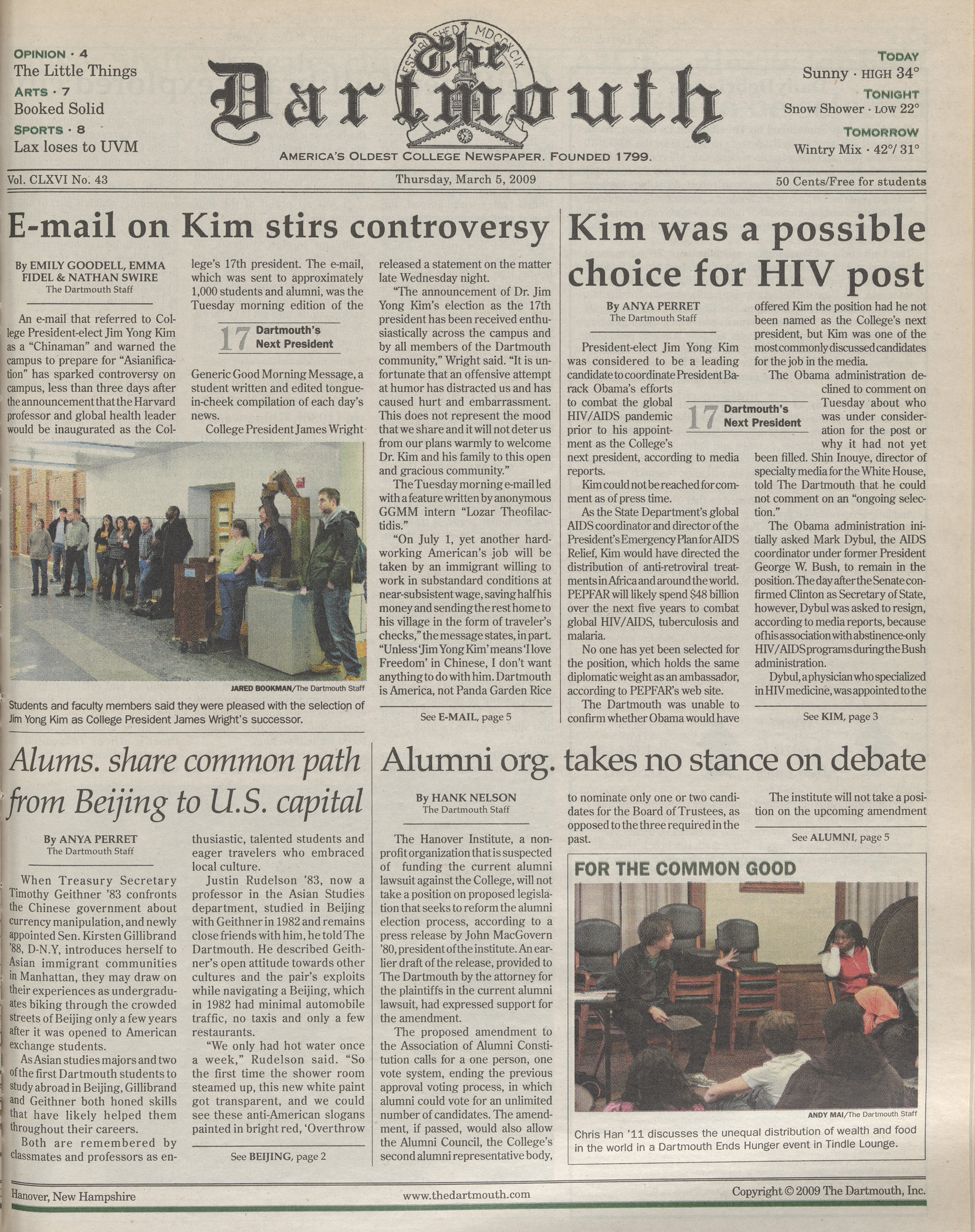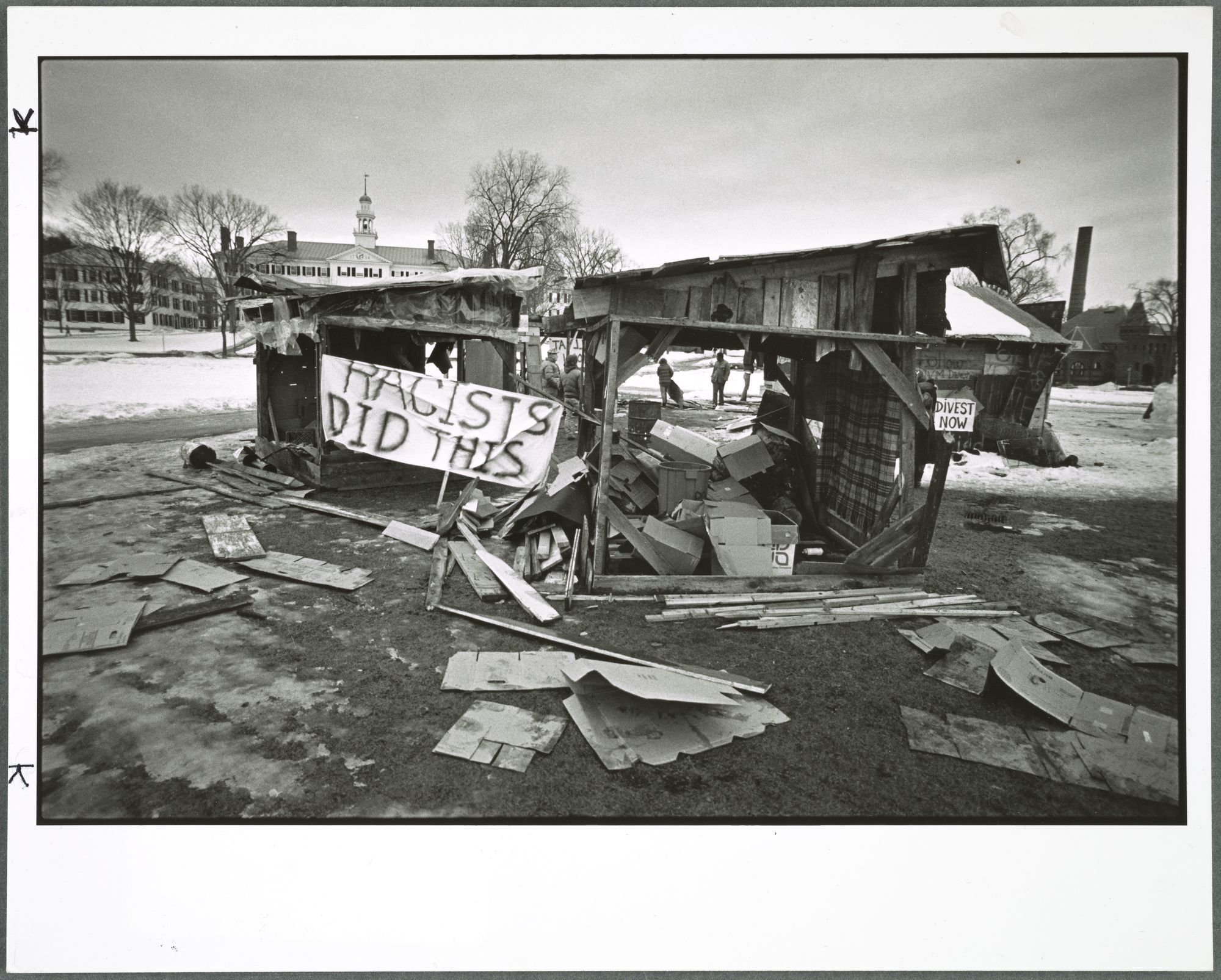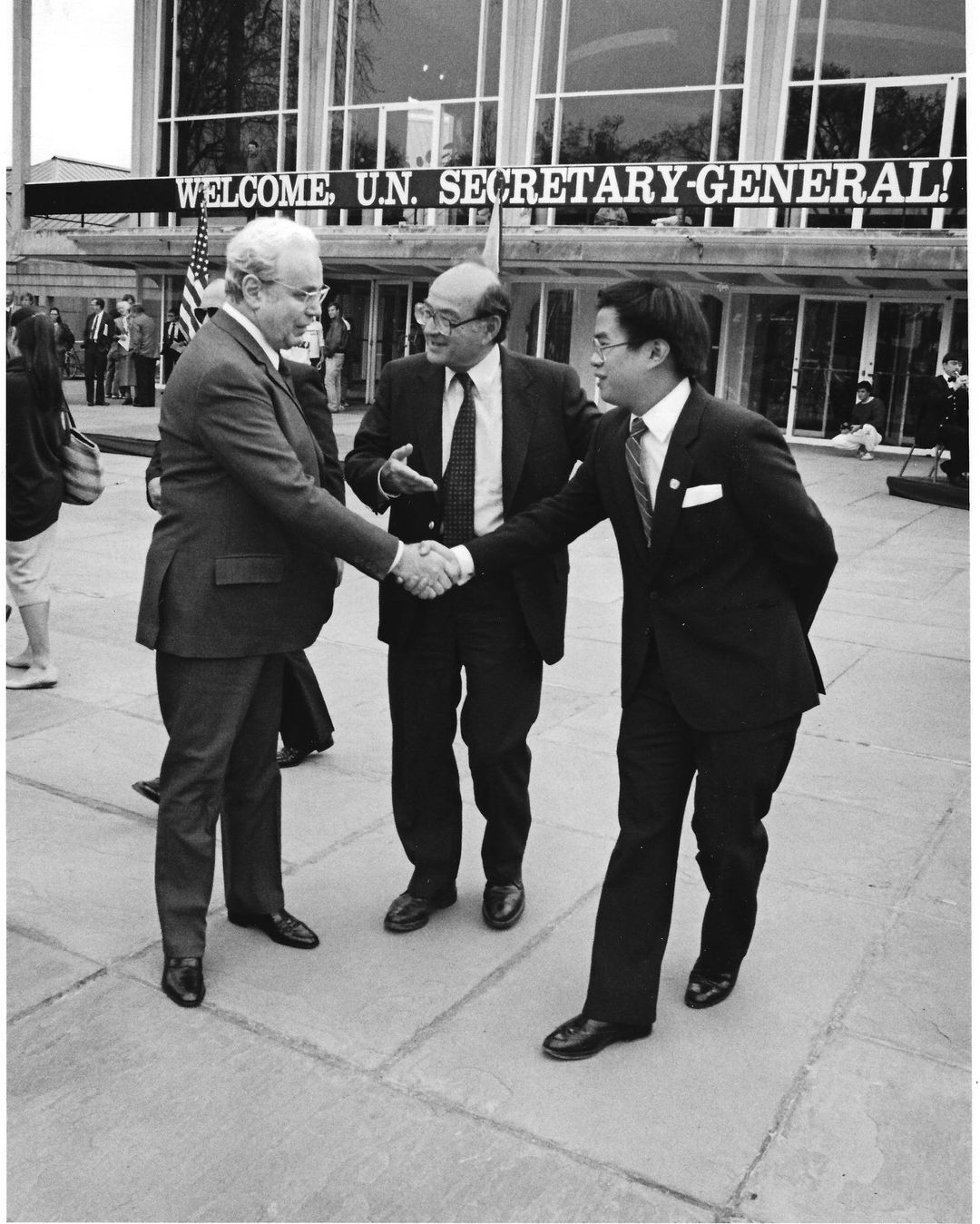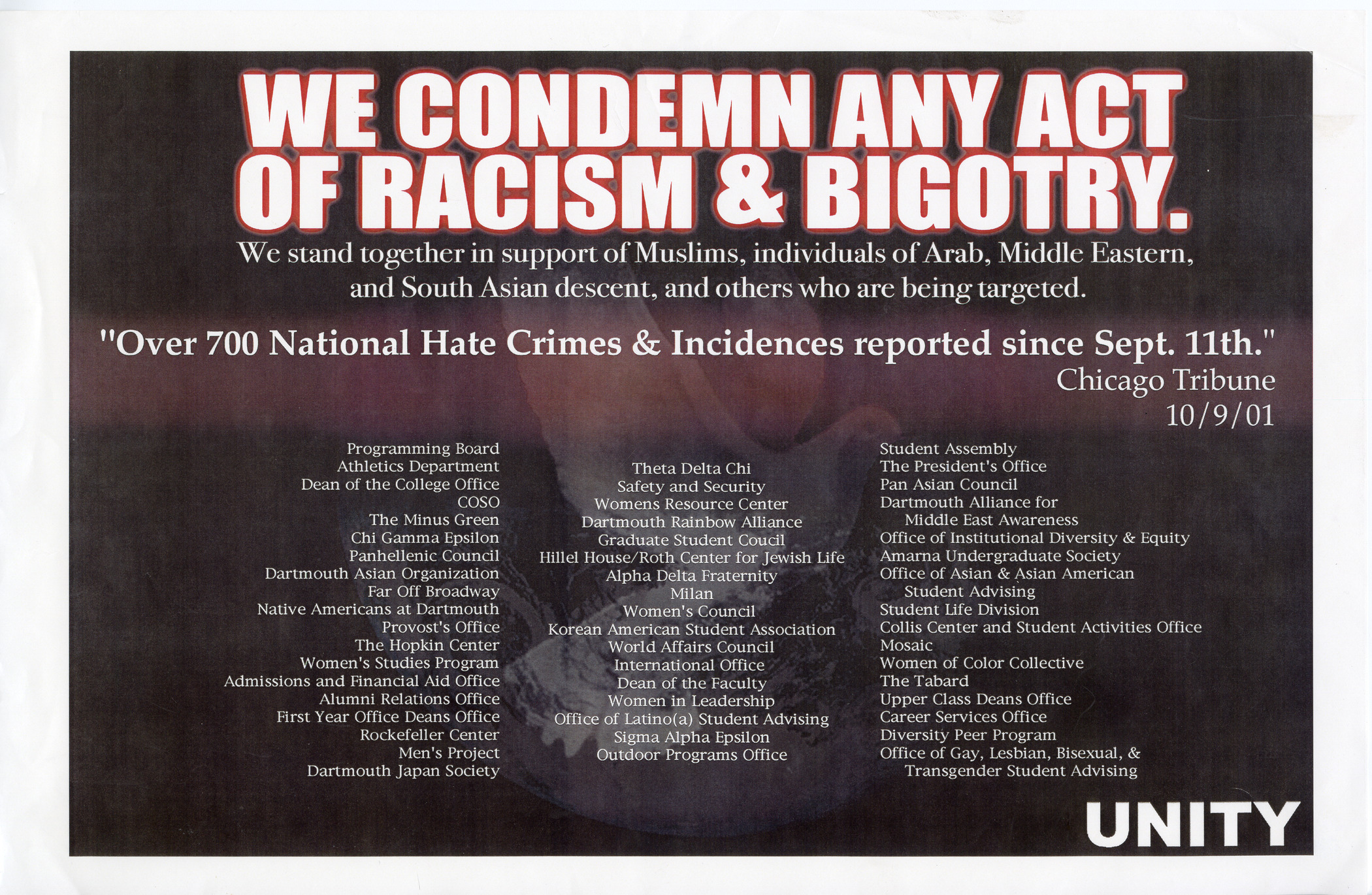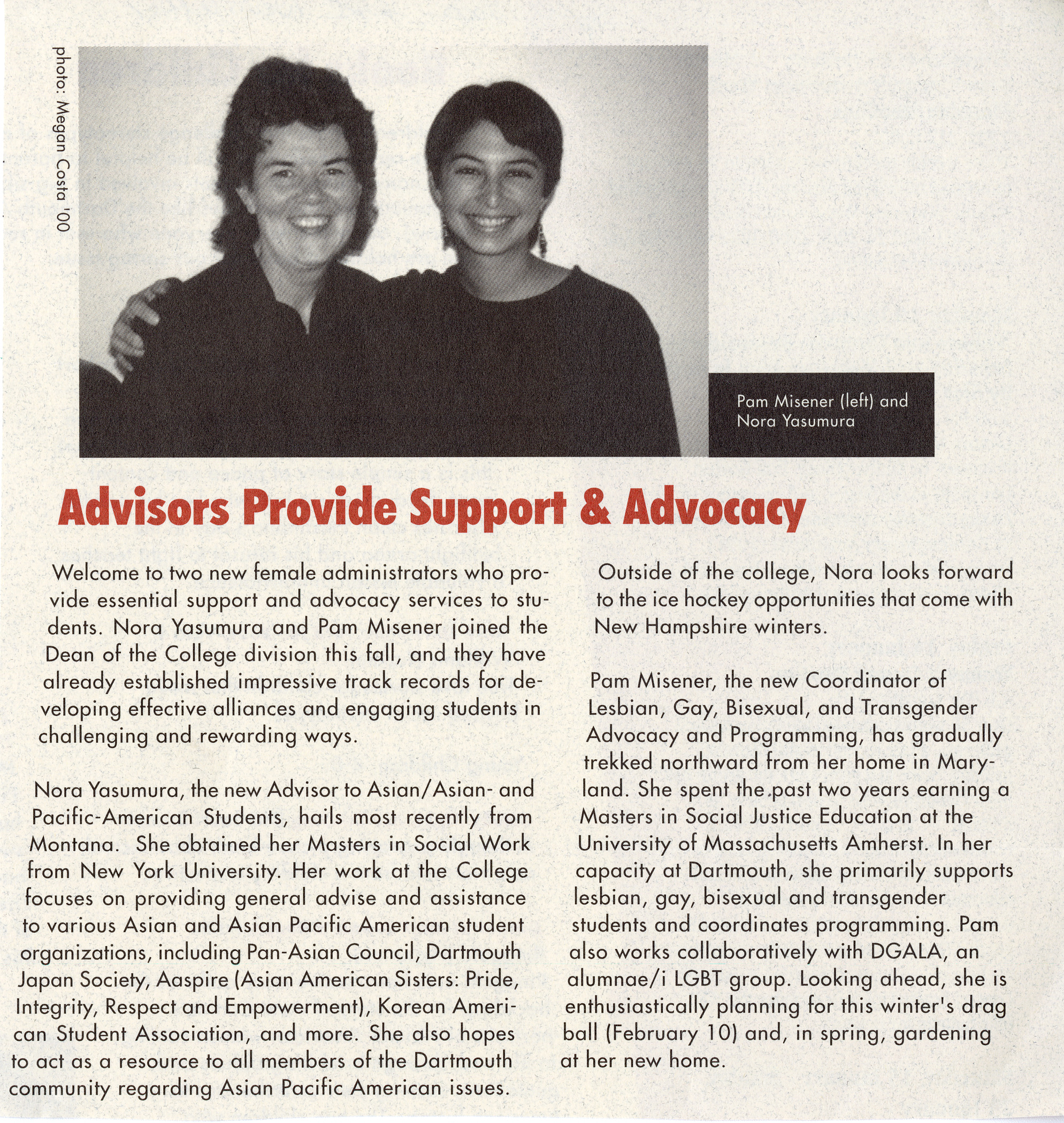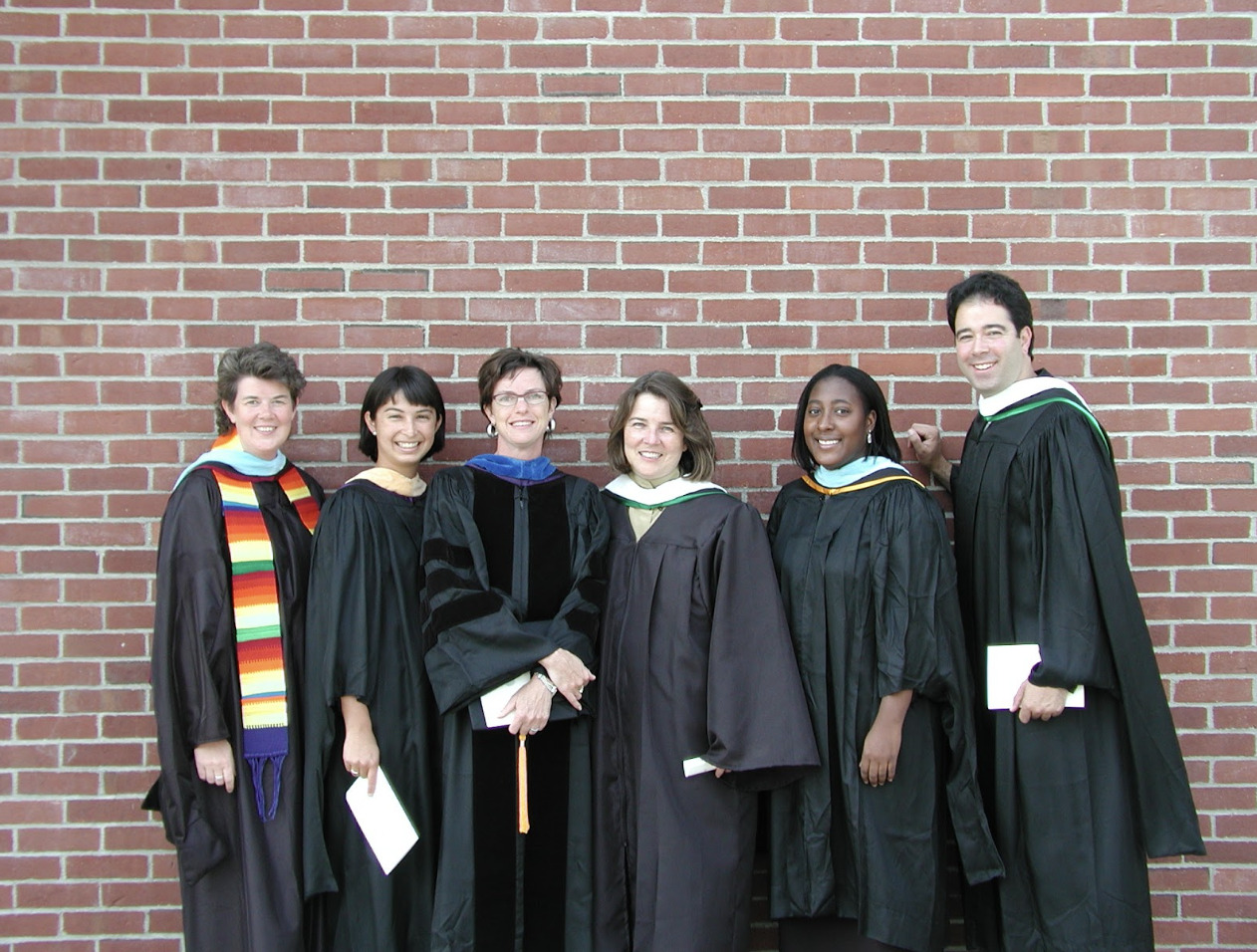Owning Our Voices: The Activists
Throughout Dartmouth’s history, students and alumni of AANHPI descent have grappled with what it means to be a part of the community. They have led in the advocacy, creation, and cultivation of a community at Dartmouth. Their collective presence has led to the richness of academic and curricular experience, student well-being, and campus life.
Culture & Counterculture:
student involvement in the building of the AANHPI community & resources at Dartmouth
Founded by Hoyt Zia ’75, Dartmouth Asian Organization (DAO) became the primary social organization for Asian students and drew hundreds for its annual Culture Nights throughout the 80s/90s. By the late 90s, student activists began to push back, questioning whether culture nights promoted or objectified Asians. More politically-oriented student organizations grew, such as the Asian Pacific American Issues Forum (APAmIF) in 1991 by Kenta Takamori ’92; the East Coast Asian Student Union (ECASU), in collaboration with other institutions; and 4A, the Asian American Students 4 Action in 2013.
Letter for a Pan-Asian Advisor, 1997
In 1996, following racist graffiti found on the door of two AANHPI students’ dorm room, and a report on the significantly higher rate of sexual assault of Asian and Asian American women on campus, students stepped up their advocacy for advisors. This resulted in the hiring of Yenkuei Chuan as the first counselor at Dick’s House in 1998 and Nora Yasumura as the first Pan-Asian programming liaison in 1999. Yasumura’s 13-year tenure led to a dramatic increase in the activity and engagement of the community.
Survivor’s Guide for Asian/American students
Students Who've found Themselves in New Hampshire, 2005
Student activists have led the creation of the Pan Asian Wellness Initiative (PAWI), the Pan Asian Community (PAC) Resource Room, and an Asian American Living & Learning Community. The successful creation of the Dartmouth Asian American Athletic Association in 2023, spurred by accusations of discrimination after the 2020 budget cuts of certain varsity teams, shows the continuing power of activism.
The Fight for Representation in the American Experience:
student, staff, and alumni advocacy of the academy
Students lobbied on behalf of Dartmouth’s first Asian-American History Professor Vernon Takeshita in the early 2000s and pushed for more tenure lines in the the mid 2000s. In 2016, students rallied around English professor Aimee Bahng after she was denied tenure, sparking their Fight for Faculty of Color, which received national news coverage. Student activism from that movement also brought an Asian American Studies post-doctoral fellowship to the Guarini School of Graduate and Advanced Studies, which has supported Asian Americanists such as Carolyn Choi and MT Vallarta.
Staff and administrators played critical roles in advocating for the community, such as launching initiatives to honor APA Heritage month.
The Power of Words & Allyship:
the promotion of voice, visibility, and identity
Main Street
Shirley Lin ’02 and Jeannette Park ’02 founded Main Street to give a platform for Asian and Asian American student writers and artists. Other written expressions of representation and advocacy included Easterly Winds, an Asian and Asian American literary and artistic aournal from 1995, The Oracle, a publication by DAO’s Activism committee, and Snapshots of Color, a literary/photography magazine on race and ethnicity. The Dartmouth and Spare Rib were also platforms to voice concerns about representation and identity. Students work with the Hopkins Center to organize film screenings and launch performance groups, such as Far Off Broadway, founded by Andrew Chu ’01 and Gerald Lam ’01.
The Dartmouth Comics, 2008
The Dartmouth published a racist comic, drawing immediate anger from alumni. Three days later, student groups from across campus, including student government, affiliated groups, and Greek organizations, signed a one-page response condemning it. Allies stepped up to support the AANHPI community, underscoring the critical role of allyship in the advocacy for representation and a sense of belonging.
“Satire” email sent anonymously to the Dartmouth community upon the announcement of Jim Yong Kim as President
Four days after the announcement of Jim Yong Kim as the first Asian American president of an Ivy League institution, a “satire” email was sent anonymously to the Dartmouth community, drawing members of the Pan Asian community to write in protest. Kim responded with the hope that the incident would bring about “better understanding and greater compassion for the community.” Nora Yasumura reached out to the email's author to help educate them on why it was hurtful. This student author later released a heartfelt apology.
Politics Come Home to Hanover and ‘Round the Girdled Earth:
student activism to leaders in the transnational contexts
Shantytowns built in the Green during the anti-apartheid movement at Dartmouth, 1985
Dartmouth students have never shied from national and global politics. In the mid-80s, students protested Dartmouth’s investments in the then-apartheid South Africa. Geeta Anand ’89, then president of the International Students Association, was part of the group that made national headlines with the building of a shanty town on the Green.
Although student activism is transitory, each iteration inspires future generations, such as the current anti-apartheid movement for a Free Palestine and the Dartmouth Asian American Studies Collective's (DAASC) solidarity with the Palestine Solidarity Coalition (PSC) and the Dartmouth New Deal (DND) Coalition. They demand disclosure of Dartmouth's investments, divestment from companies that are connected to Israel, and protection for student protesters who were arrested in their activism on these issues.
Ed Sim ’88 and international advocacy
Edmund Sim ’88’s leadership experience as Student Assembly Vice President has continued through his career as an international trade lawyer, especially for Southeast Asia. He played a critical role in getting the Ministry of Singapore to recognize Dartmouth as a university, opening doors for students from Singapore.
Coalitions and Solidarities
Dartmouth AANHPI students have a long history of allyship and advocacy with other minority communities. Student activists continue to organize today involving issues relating to Black Lives Matter, the war in Ukraine, the 2023 Lunar New Year shootings in Monterey Park, Stop AAPI Hate, and the movement for a Free Palestine.
Profile: We Will Not Be Erased
Nora Yasumura
Nora Yasumura was 14 before she learned that her Japanese-American father was incarcerated as a child at an internment camp by the U.S. government during World War II. Like many growing up on the East Coast, she had no exposure to Asian American history in school. This revelation planted the seed that has since motivated her to fight the constant erasure of the Pan Asian experience. Growing up with collectivist mindset, she wanted to be part of the solution.
On the heels of anti-Asian graffiti found on a student’s dorm room door, Yasumura arrived in the fall of 1999 as Dartmouth’s first Asian Pacific Programming Liaison, a position long advocated for by students. She discovered a community in survival mode from years of feeling unsupported and unseen. She knew her work was going to require more than the initially designated part-time role.
President Jim Wright had just launched the Student Life Initiative, and Yasumura wanted to be part of the group to enhance the student experience, bring people together, and raise visibility. With the advocacy of Wright, the first Comanche-Japanese Dean of the College Jim Larimore, and long-term supporter of the Pan Asian community Dean of Students Holly Sateia, Yasumura’s role became full time. Sateia led the creation of the Office of Pluralism and Leadership (OPAL), an innovative approach to bring together the then-fragmented student advisors and groups.
Despite her initial intentions, Yasmura ended up staying for 13 years, becoming Assistant Dean of Student Life and Advisor Asian and Asian American Students. As Dartmouth became family, she constantly had to challenge perceptions that her work was beyond dumplings and culture nights. Navigating the balance of empowering and burdening students, she saw her role as creating the structures for people to come together. She became the official and de facto advisor to students who held many different identities and led many initiatives, including the Pan Asian Council (PAC), Diversity Peer Program (DPP), and the First Generation College Student Network. In 2009, Dartmouth was named one of the top universities for Asian Americans.
Under the leadership of its first director Tommy Lee Woon (Chinese-American), OPAL was a place of synergy and energy. At one point, the office had 22 people, modeling for the students the importance of restoration, allyship, and intersectionality. The team recognized that they could not do the work of equity and culture change alone. To this day, Yasumura and her colleagues are still in touch.
She admitted that it was “heartbreaking and hopeful” that current students were unaware that Dartmouth had so much support for the community and were still searching for their voice. Taking a lesson from her mentor Holly Sateia, Yasumura saved over a decade of papers to ensure the visibility of Dartmouth’s Pan Asian community.

